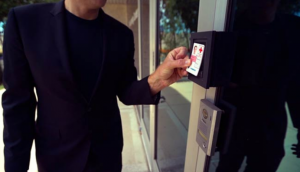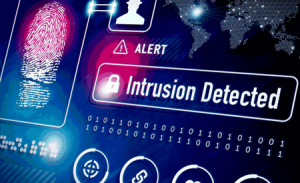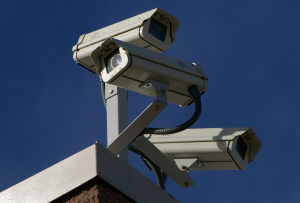Government
Access Control Systems
Access control refers to the practice of restricting entrance to a property, a building, or a room to only authorized persons. Physical access control is best achieved through access control systems. Examples include:

- Redundant Host Processors
- Web-hosted Access Control
- Biometrics Systems
- Photo IS Management
- Visitor Management Systems
- PIV Card Compliant
- Readers and Credentials
Intrusion Detection Systems
An intrusion detection system (IDS) monitors a network or systems for malicious activity or policy violations. Any intrusion activity or violation is typically reported either to an administrator or collected centrally using a security information and event management (SIEM) system. A SIEM system combines outputs from multiple sources and uses alarm filtering techniques to distinguish malicious activity from false alarms. Examples include:

- UL Listed Defense Industrial Security System
- Interface Monitoring of Your System
- Burglar Alarm Systems
- Panic Alarms
- Web Application-Based Integration
- Monitoring
Closed Circuit TV and Intercom
Closed Circuit TV (CCTV) refers to surveillance cameras connected to security systems, and can include infrared technology, cloud-based storage with on-demand access to video footage.

Intercom systems are another layer of security for your home or business. They allow dual-way communication When someone press the call button on outdoor unit, the indoor bell will ring immediately to alert you. You can press the response button to talk with the people outside. Most well-built intercom systems include a built-in high sensitivity microphone and speaker, ensuring clear audio input and output.
Security Management Systems
Security Management Systems integrate all your security technologies into a connected universal platform with a common user interface. These may include access control, video surveillance, intrusion alarms, fire detection, visitor management, electronic locking, communications and other security technologies. The platform enables the various functional subsystems to communicate with one another, acting as one operating unit, and thus providing a greater level of protection and ease of use. (Imagine how inefficient it would be to operate each of these systems separately.)

Visitor Management Systems
The increasing importance of a Visitor Management System (VMS) is vital to creating a workplace environment where your employees feel safe. A key aspect of a Visitor Management system keeps your facilities safe and secure while maintaining maximum control over the guests accessing your facilities.
A Visitor Management System will track usage of a public building or site. A Visitor Management System can gather increasing amounts of information and record usage of the facilities by specific visitors and provide documentation of visitor’s whereabouts.
An example of a Visitor Management System is Transportation Security Administration (TSA.) TSA operates VMS to manage visitors to TSA facilities. It is used to register the visitor, allow security personnel to verify the visit and the TSA sponsor, create a temporary badge authorizing access to the facility, and to generate statistical reports concerning visitors to the facility. TSA collects name, employer, TSA sponsor information, and a photograph of the visitor to perform its visitor management functions.